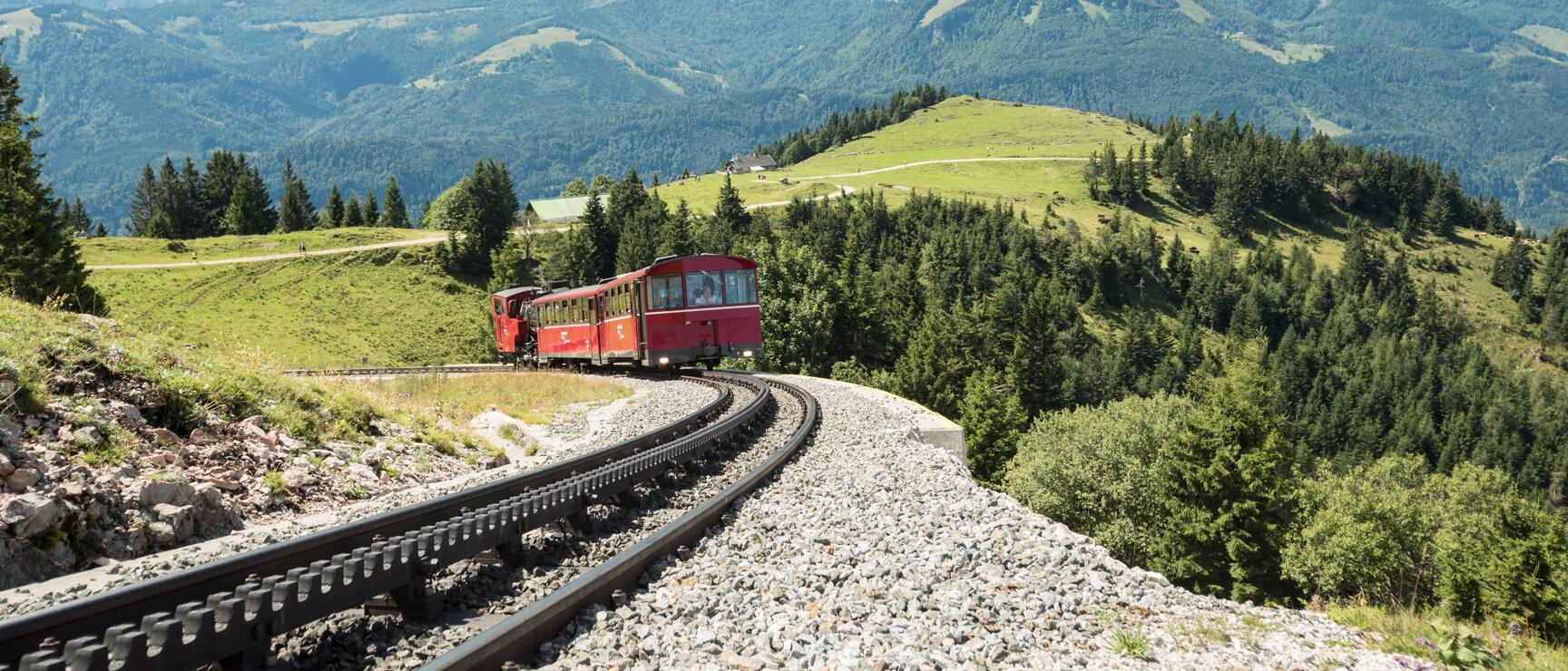
Round Trips and Themed Tours in Austria
Get to know Austria
On the trail of unique places and stories that make up the country.
A journey to castles and palaces, exploring traditional crafts or indulging in culinary delights: Through round trips and themed tours, travellers can immerse themselves in the heart of Austria and get to know the country and its people.